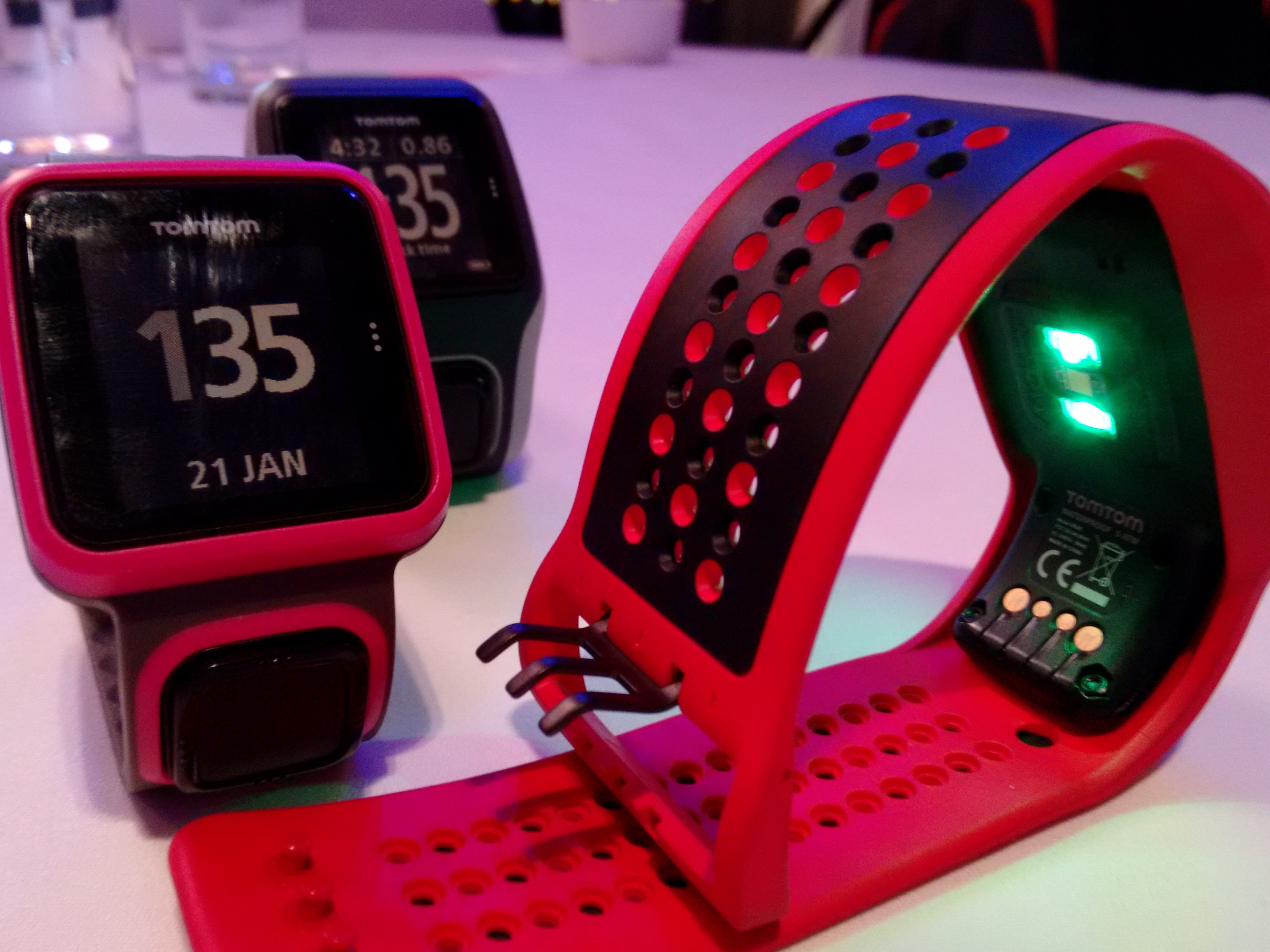

I only used the Spark for running so will walk through that experience for you.Īfter you find the sport you want to track, move right one more time. Sport functions include running, cycling, swimming, treadmill, weight lifting, stationary cycling, freestyle, and stopwatch. Moving right from the watch face, hopefully you now understand the watch face is the home position, takes you to the various sports you can track. This is also where you go to sync to your smartphone. Moving down from the watch face takes you to the settings area where you can custom several options. I'll discuss getting music on the Spark in the desktop section below.
#Tomtom mysports connect android Bluetooth
There are no music controls on the TomTom Spark itself, other than skipping forward or back, so you need to use the button on your Bluetooth headset to play/pause and control volume. Once you have a headset connected, music from the playlist you have selected will start. I can't believe my body creates that much interference, but it does have an effect. If you are having playback issues, you may need to switch the watch to your other wrist. Music then played flawlessly, even though the BlueAnt model is not an official tested model on TomTom's website. I had to wear the TomTom Spark on the left wrist for the TomTom headphones and on the right for my BlueAnt Pump HD ones. I used the included TomTom Bluetooth headphones as well as my favorite BlueAnt Pump HD Sportbuds (only about $30 on Amazon). Starting back on the watch face, moving up launches the active Bluetooth search for your headphones. The bundle price is about half the cost of the headphones alone and to make sure you end up with a flawless music experience, or if you don't yet own a pair of Bluetooth headphones, then you may want to consider ordering these. I made sure to tell my MoTR podcast co-host Kevin Tofel about this so he was able to cancel his first order and pick up this bundle. I didn't realize there was a bundle package that includes a set of Bluetooth headphones so was surprised when one showed up in the evaluation package. The band is very comfortable and stays in place. There are three securing points in the band one at the end of the band and two at the opening and closing area of the band opening. It definitely is not a high quality, luxury band, but it serves the purpose for running and working out. The band is very lightweight and at first I thought it felt a bit cheap. It's not a color display and it's not a touch screen, but I personally prefer to use buttons to navigate when I am out running in the rain. The display is easy to see when running outside with a night mode option that shows a well lit display when running in the dark. The new TomTom Spark Cardio + Music has a very similar form factor to that 2013 Multi-Sport device with a module that detaches from the band for charging and syncing. Dimensions: 0.54 inches thick and 1.76 ouncesĪ couple of years ago I took the TomTom Multi-Sport watch for a spin and used that device for about a year.Battery life: 3 weeks for activity tracking, 11 hours with GPS, 5 hours with GPS + heart rate + music playback.Sensors: Accelerometer, gyroscope, optical heart rate, compass, GPS.Water resistance: Up to 40 meters (5 ATM).Display: 144 x 168 pixels resolution, 22x25 mm, monochrome display.While it's close, the locked in nature of the ecosystem and limited running applications holds it back from being the best. I actually thought my Samsung Gear S2 3G was the one. My Apple Watch is fantastic for music playback and heart rate tracking, but there is no GPS receiver so it's not ready to serve as a GPS sport watch.


 0 kommentar(er)
0 kommentar(er)
